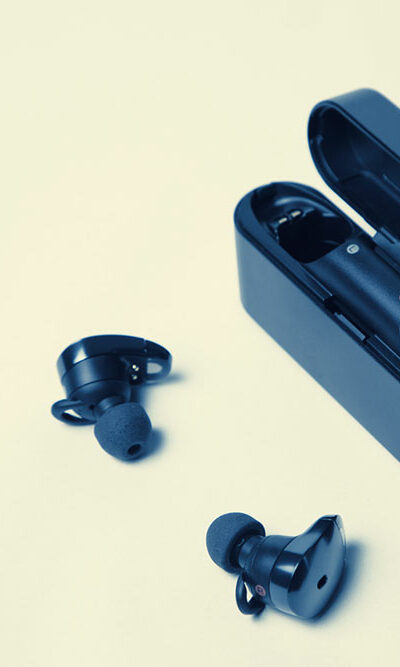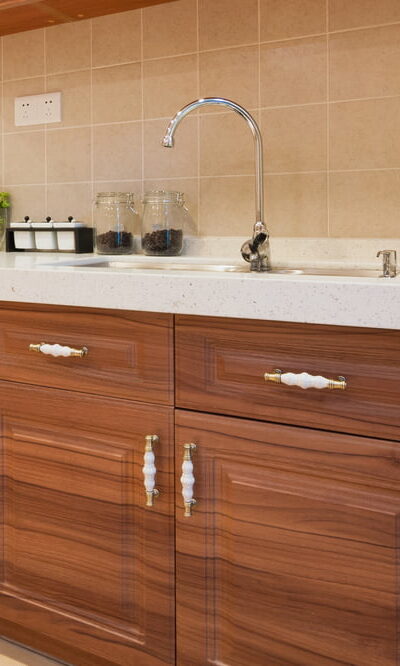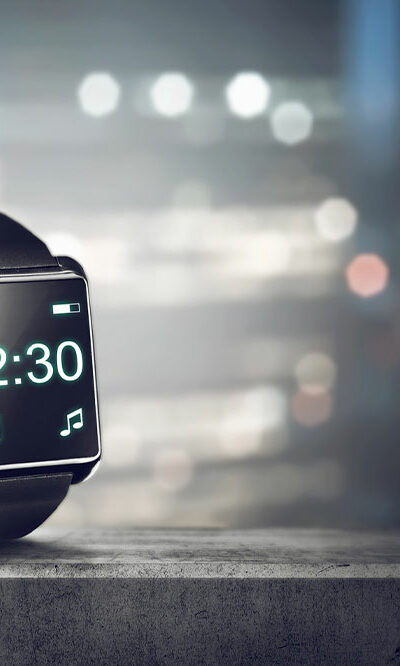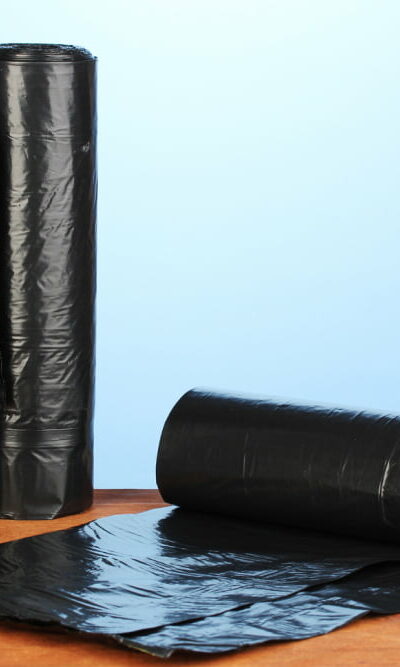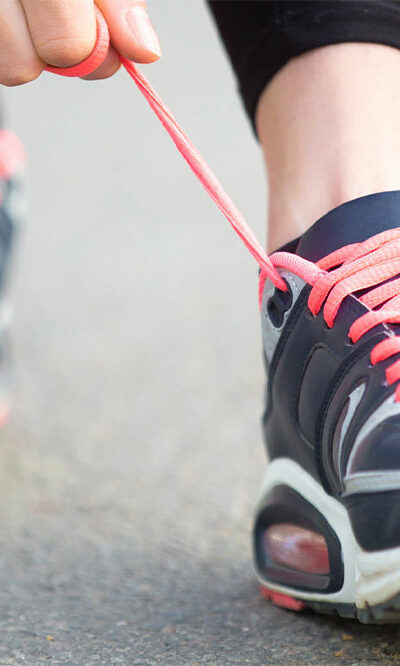
Top 4 running shoe brands, and a few tips to consider while buying shoes
The optimal running shoe cannot be determined by rigid criteria. Everyone’s ideal running shoes differ according to their needs. However, people frequently judge their shoes using more negative than favorable criteria. Or, to put it in another way, they discuss what their shoes don’t do rather than what they do. In this article, let’s discuss a few tips to consider while buying shoes and some of the best running shoes to go for: How to select the perfect running shoes? The fundamental parameter based on which you should choose your perfect running shoe is comfort. But why settle for less when you deserve to have more? Besides, your convenience will be determined by several other factors, which you must look for in your ideal running shoes. Primarily, you should focus on the following five aspects: The running surface Not all shoes are suitable for all surfaces. Some running shoes are ideal for roads, some for gravels and trail paths, and others exclusively for the gym. For roads, you need lightweight and flexible shoes; for gravels and rocks, you require shoes with more prominent lugs; for gyms, you need shoes with more surface contact. Thus, a lot depends on what kind of runner you are. Cushioning Cushioning pertains to how much impact your shoes can absorb. It has two aspects: The firmness and density of the foam in the midsole and the stack height, i.e., how thick the shoe material is between the ground and your feet. Your cushioning preferences may vary from no cushioning at the midsole to get the full impact from each step to extra-cushioning for little to no impact at all. Drop Drop is the extent to which the cushioning of your forefoot differs from that of your heel area. Most running shoes have a drop of 8 to 12 millimeters.


